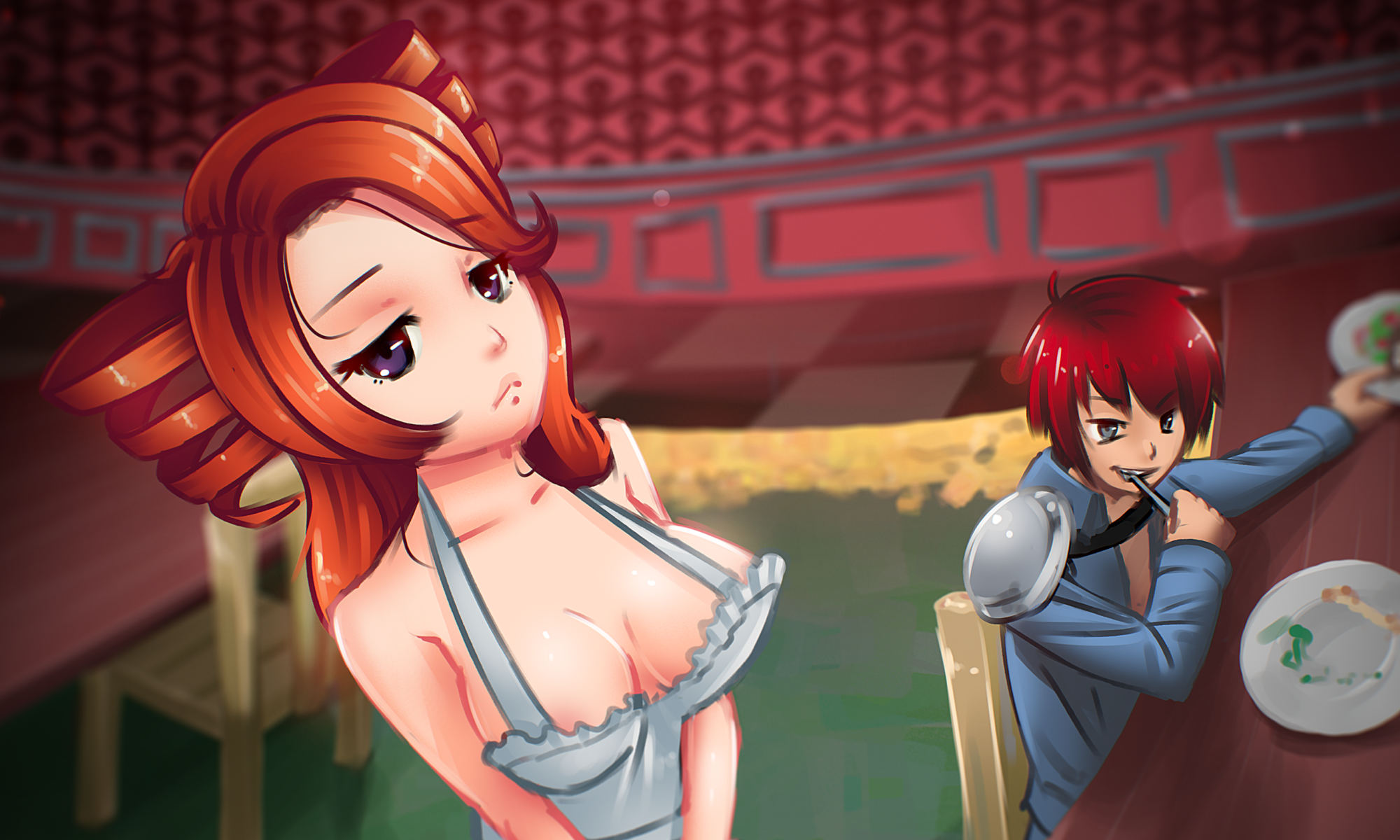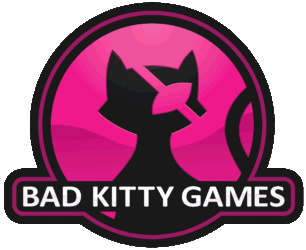Quick update on the game: I haven’t actually been able to do all that much work on it. Between crunch time at school, a full time job, Bioshock Infinite, and a wicked head cold, I’ve lost about a week of work. I still want to do a release in time for 4/17.
One of the things that has bogged me down- name changes. I changed Amelia’s name to Meline, simply because a lot of people were confusing her and Alina. The names were just too similar. The other name change was in the names of the towns- I was not happy with the weird names and the gag of “Hey, all the towns sound like h-game companies!” wasn’t worth keeping around.
So, this week’s topic: Player Psychographics! I wanted to elaborate on something I posted to the HentaiHighSchool forums.
What is a psychographic? Well, in as simple a way as possible, it’s a way of dividing players by what they like to experience in a game, boiled down to the very basics. It’s not enough to say “immersive visuals” or “engaging gameplay”, because you really want to get into a player’s head- what visual elements help this player become immersed in the game or what gameplay elements does this player find engaging are what you want to find out with a psychographic analysis.
Final boss blues has an article on the same topic, which takes the “Timmy, Johnny, Spike” psychographics from Magic: the Gathering and applies it to the game world. But, there are another set of psychographics that are specifically applied to video games, using the four suits of cards.
“Heart” players are tuned into the emotional side of games. These are the players who get into games for the story, the connection to the game’s characters, and the feel of the game’s setting. Traditionally, Heart-types were almost always RPG players, but as technology improves and the games increase their ability to add emotional depth without relying solely on dialogue, the Heart-type has expanded into other genres. If you’re a Heart-type player, you probably enjoy games like Mass Effect 2, Silent Hill 2, and Spec Ops: The Line.
I court the Heart-type player by trying to make the various characters interesting, that you want to find out more about them and want to advance down their relationship tracks. There is more to every harem girl than meets the eye, and your reward for patience and diligence in romancing them is a “day in the spotlight” style quest which goes deeper into their story.
“Club” players want a challenge. These guys are stereotypically the FPSers, twitch gamers who like bullet hell shooters or ridiculous classic-style platformers. But, of course there are different kinds of challenge, and in RPGs this comes down to the dungeon exploration followed by boss fight structure. If you’re a Club-type player, chances are you’d enjoy things like Super Meat Boy, Shin Megami Tensei: Nocturne, or Castle Shikigami 2.
This is why I try really hard to make the boss fights in HC challenging. It’s hard to hit that sweet spot where things are “challenging” without being “frustrating”, but I try to take something the
Extra Credits crew said once to heart. RPG boss battles are, fundamentally, puzzles, where the solution is usually “figure out how to do x damage to the bad guy before the bad guy does y damage to you”. I try to work that into every boss fight, which is why the Gang Leader’s max hp was dropped in the last release- by the time his two buddies are dead, you’ve basically got the fight figured out and just need to whittle him down, but he had so much hp that it took quite some time to finally get the fight over with even once he’s effectively finished.
“Spade” players want to explore the game mechanics and figure things out. They enjoy not only puzzle games, but any game where strategy is an element. Bioshock is probably the best example of a strategy-oriented Spade game I can think of- you have a number of different powers and weapons, and while some are straightforward (antipersonnel ammo is for splicers, armor piercing ammo for Big Daddies and turrets) some aren’t. It’s up for the player to evaluate the situation, and decide what to employ- maybe there’s an oil slick you can ignite with Incinerate! or a pool of water to amplify your Electroshock. There are other ways of encouraging Spades too, like Sengoku Rance which can open new tactics and scenes to you depending on who you have on side and what order you capture enemy countries in.
Spade-types also appreciate the puzzle-solving aspects of boss battles, but that’s not all I do to appeal to Spades. Some of you who were feeling experimental, might have noticed that tripping on shrooms also lets you regenerate Mana, or that being drunk gives your basic attacks a chance to stun. There are situations where losing control of your character might be worth these benefits. That’s the reason why there’s a multitude of items in the game, to let Spade-types explore and see if they can find a use for their stack of fifteen Slime Fluids or to find out exactly what the limits of the Contained Singularity are.
“Diamond”-type players like to collect stuff. And if there is an in-game purpose to collecting all that stuff, well, then that’s icing. Obviously, games like Pokemon appeal to Diamonds, but any game that features regions to explore and collectibles to earn- games like Skyrim and Grand Theft Auto: San Andreas– hold appeal for Diamonds.
Of course, in a game that’s about collecting women for a harem it’s pretty easy to implement Diamond-oriented stuff. But that’s not the only thing I’m doing. There are businesses to invest in, quests to find, and crafting materials to upgrade your weapons with. Finding all 151 harem girls will require you to do a fair bit of exploring. Finding every scene, dungeon, quest, item and place will require you to look behind every rock and talk to every person and… well, that would be telling.
Anyway, I’ll keep you updated as always. Until then, I hope you enjoyed this little lecture.


I think you forgot “Joker” type players, players that like a shifting focus between these elements in a cohesive manner, particularly if that shifting can be implemented by the player.
The joker is, when said and done, the wild card.
(Also: I sympathise on Bioshock Infinite sucking at your free time–as it’s gonna happen to me almost immediately once I have the game. Pray for me!)
Few players stick to one psychographic. It depends on the person and what they want out of games, and psychographics like this are meant to be a tool for identifying those wants and meeting them.
Interesting read 🙂 I would say I was pleasantly surprised by some parts of the gameplay. I would say I like all types of games (e.g. I’ve had a great time with Delta Force, Fallout, Half Life, CounterStrike, Battlefield, Call of Duty, Crysis, Borderlands, Age of Empires, Red Alert, Ceaser III, DOTA, Pharaoh, Cataclysm, F22-Lightning 3 a bunch of others, including indie and small online or mobile app games), but there are those little things that makes me stick to one game and abandon another. I would say the more diverse a game is, the better, if all is done and balanced well. So far you are doing a great job and I’m waiting your next release with excitement 🙂